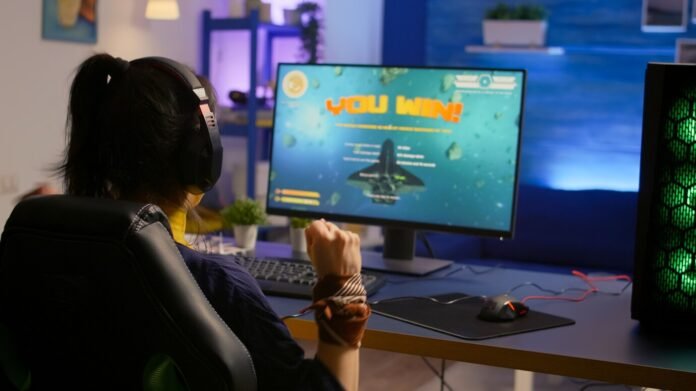In a world where remote work and virtual meetings have become the norm, innovation continues to blur the line between productivity and play. Enter the lync conf game a cutting-edge concept that merges the traditional features of conference tools like Microsoft Lync (now integrated into Microsoft Teams) with the immersive and interactive qualities of multiplayer games. This blend offers not only a refreshing take on how people engage in virtual environments but also introduces new possibilities for team building, communication, and collaboration. Far from being just a gimmick, the Lync Conf Game symbolizes the next evolution in digital interaction—where meetings are no longer static but dynamic, gamified experiences that capture attention, boost morale, and inspire creativity.
The Origins of the Lync Conf Game Concept
The idea behind the Lync Conf Game originated from the need to address one of the biggest issues with traditional virtual meetings: disengagement. As more businesses transitioned to online communication platforms, the fatigue of static video calls and mundane screen-sharing presentations became increasingly apparent. Developers and creative thinkers began to envision a future where these meetings were not only functional but enjoyable. Thus, the concept of integrating game mechanics—such as avatars, quests, and interactive challenges—into virtual conferences emerged. While initially experimental, it quickly gained traction among startups and innovation-focused corporations who were seeking better ways to boost remote team synergy and participation. The Lync Conf Game has since evolved into a genre of its own, with various platforms exploring how to integrate real-time collaboration with virtual gamification.
Key Features That Redefine Virtual Meetings
One of the most intriguing aspects of the Lync Conf Game is its feature set, which is designed to make every virtual meeting feel like an engaging event rather than a chore. For example, participants can enter a digital conference room as custom avatars, interact with a 3D environment, and complete tasks that mirror game objectives. Points, badges, and leaderboards are incorporated to encourage active participation, whether it’s contributing to a discussion, solving a problem, or presenting a proposal. Some versions of the game even include puzzle-based breakout sessions, virtual scavenger hunts, and team missions that require collaboration and communication to succeed. These features not only promote a stronger sense of presence but also create a memorable experience, turning what would be a passive meeting into an engaging, goal-oriented activity.
Benefits for Teams and Organizations
Adopting the lync conf game model provides several substantial benefits for teams and organizations, particularly those operating in a remote or hybrid work environment. Firstly, it significantly enhances engagement, reducing the likelihood of participants multitasking or zoning out during long meetings. Secondly, it fosters deeper team connections, as the shared experience of navigating a virtual world together naturally strengthens bonds and promotes camaraderie. The gamified approach also makes it easier to onboard new employees, facilitate training sessions, and brainstorm in creative ways. From a management perspective, it allows for real-time tracking of participation and contribution, making it easier to identify active team members and those who might need support. Ultimately, by transforming meetings into experiences, the Lync Conf Game helps businesses maintain high morale, encourage innovation, and achieve better results.
Challenges and Considerations
While the Lync Conf Game offers many advantages, it’s not without its challenges. One major concern is the learning curve associated with new technology. Not all team members may be familiar or comfortable with game-like interfaces, especially those from non-technical backgrounds or older generations. Additionally, there are technical requirements to consider, such as hardware compatibility and internet bandwidth, which can impact accessibility and performance. From a design standpoint, it’s also essential to strike a balance between fun and productivity—too much focus on the “game” aspect might dilute the purpose of the meeting. Security and data privacy are also key considerations, especially for organizations dealing with sensitive information. As with any innovative approach, careful planning, user training, and ongoing feedback are critical to ensure successful adoption.
The Future of Gamified Conferencing
Looking ahead, the Lync Conf Game represents just the beginning of a broader trend toward gamified professional environments. As technologies like virtual reality (VR), augmented reality (AR), and AI continue to advance, we can expect even more immersive and intelligent conference experiences. Imagine donning a VR headset to enter a fully interactive boardroom, or using AI-powered assistants to generate real-time analytics on team engagement and mood. The goal is not just to make meetings more entertaining, but to redefine what productivity and collaboration look like in the digital age. With remote work becoming a permanent fixture in many industries, tools that combine utility with engagement—like the Lync Conf Game—will become essential rather than optional. They represent a shift from passive participation to active collaboration, which is the key to thriving in a virtual-first world.


